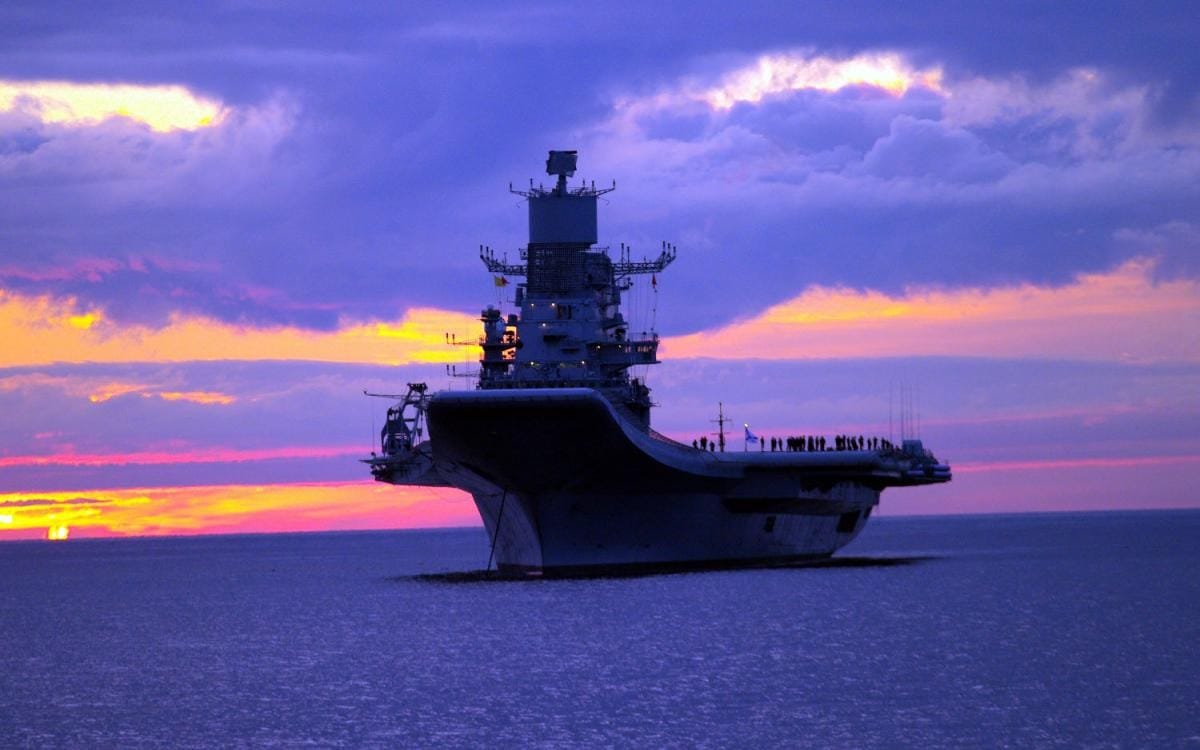India: The Forgotten Nuclear Weapons State? The proliferation of nuclear weapons during the 20th century has existential ramifications; nuclear weapons have the capacity to end civilization. With each government that procured nuclear weapons in the last eighty years, the likelihood of a nuclear exchange – and the end of civilization – increased.
While the Soviet/Russian and North Korean nuclear programs are the most closely monitored and highly publicized, the Indian nuclear arsenal is among the world’s most concerning – not for India’s malicious intent, necessarily, but the country’s bitter relationship with Pakistan, another nuclear power.
Indeed, if a nuclear exchange were to occur today, safe money is that the exchange occurs between India and Pakistan.
India Has Tested Nuclear Devices
India began its nuclear program in 1967 but did not conduct its first nuclear weapon test until 1974. Since India’s first test, the military has managed to develop an estimated 160 warheads. Intelligence suggests India has enough weapons-grade plutonium to create another 40 warheads. India is not a signatory to either the Comprehensive Nuclear Test Ban or the Nuclear Non-Proliferation Treaty.
India’s first successful nuclear weapons test was codenamed Operation Smiling Buddha. The test occurred at the Pokhran Test Range under the supervision of several prominent Indian generals. Smiling Buddha represented another first: it was the first time a nation that was not a permanent member of the United Nations Security Council conducted a nuclear test.
The weapon was an implosion-type design, quite similar to Fat Man, which the Americans detonated over Nagasaki at the conclusion of World War II. With a hexagonal cross-section, Smiling Buddha measured 1.25 meters in diameter and weighed 1,400 kilograms. The device was detonated when Pranab R. Dastidar, director of the Bhabha Atomic Research Center, pushed the firing button. The nuclear yield of India’s first test remains unclear; conflicting accounts have been provided. Politicians have made claims ranging from 2 kilotons to 20 kilotons. The official account sets the yield at 12 kilotons while outside analysts, considering seismic data, typically assign a lower yield.
The test was well received domestically. Then-Prime Minister Indira Gandhi received a significant popularity boost – as did her Congress Party. The test was less well received internationally. Although India maintained that the test was conducted for peaceful purposes, the international community was not convinced. The Nuclear Supplier Group (NSG) was formed in direct reaction to the Smiling Buddha test, as a method to check against nuclear proliferation.
Canada and the United States were both particularly concerned. India had developed Smiling Buddha with a Canadian-supplied CIRUS reactor and U.S.-supplied heavy water. Canada concluded that the test had violated a 1971 understanding between the nations, and in reaction, froze ongoing nuclear energy assistance.
India and Pakistan at Nuclear Odds
While India has refused to sign the NPT, they do have a “no-first-use” policy. In 1999, India released a document detailing its nuclear policy, which held that India’s nuclear weapons are solely for deterrence and would be used in “retaliation only.” The document also maintained that India “will not be the first to initiate a nuclear first strike, but will respond with punitive retaliation should deterrence fail.”
To uphold a nuclear deterrence policy, India relies on a nuclear triad. The Indian Air Force has Dassault Mirage 2000s and SEPECAT Jaguars capable of delivering nuclear ordnance. The jets are capable of free-dropping unguided nuclear bombs. Intelligence suggests that three air bases with four squadrons are assigned to the nuclear strike role.
India recently developed the ability to deploy nuclear weapons via land-based ballistic missiles. Observers believe that today, India has 68 nuclear warheads on land-based missiles. India’s Strategic Forces Command controls the land-based missiles, which can be deployed from either vehicle or launching silo. India has several variants of the Agni missiles in their arsenal. The Agni-V, capable of striking targets from 5,000-8,000 kilometers, has the longest range of any active Indian missile. The Agni-VI is currently under development, however, and is believed to have a range of 8,000-12,000 kilometers.
India did not have a full nuclear triad until 2015 when it developed two sea-based nuclear-weapon delivery systems. The first is a nuclear-powered ballistic missile submarine, the Arihant-class. The Arihant will be equipped with up to 12 Sagarika nuclear-tipped missiles, with a range of 700 kilometers. India is developing submarine-launched missiles with a longer range, however; the K-5 and K-6 will have a 5,000 and 6,000-kilometer range respectively. In addition to the submarine-launched nuclear missiles, the Indian Navy has also developed a ship-launched system, capable of firing Dhanush ballistic missiles. The Dhanush has a 300-kilometer range.
India’s relationship with Pakistan isn’t the only feasible scenario in which nuclear weapons could be exchanged – only the most likely. India has severely strained relations with another nuclear power: China. India is deeply concerned with China’s aggressive military buildup and global outreach. The two nations have had ongoing border disputes in the Himalayan Mountains. In 2020, Indian and Chinese forces fought to the death, using fists, rocks, and clubs.
The brutal exchange was somewhat medieval – but better medieval than nuclear.

INS Vikramaditya in Baltic Sea during her trails in 2013.

Harrison Kass is the Senior Defense Editor at 19FortyFive. An attorney, pilot, guitarist, and minor pro hockey player, he joined the US Air Force as a Pilot Trainee but was medically discharged. Harrison holds a BA from Lake Forest College, a JD from the University of Oregon, and an MA from New York University. He lives in Oregon and listens to Dokken. Follow him on Twitter @harrison_kass.

